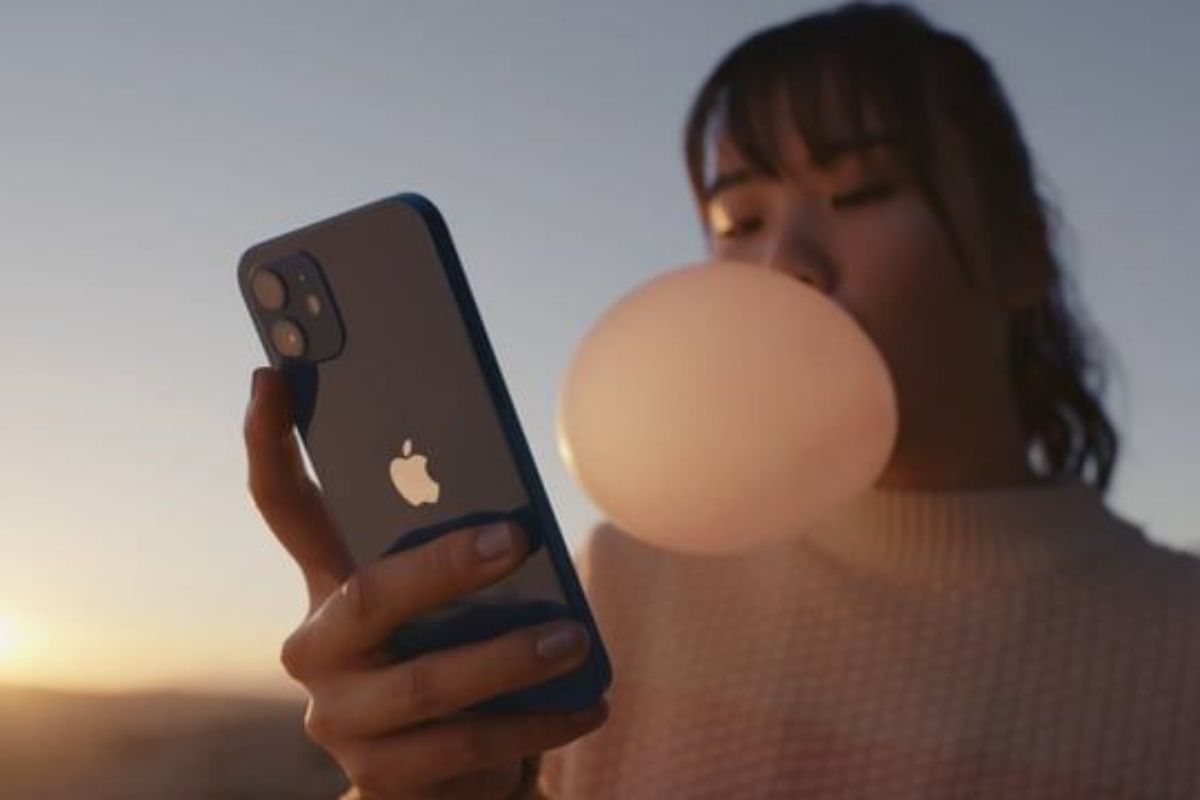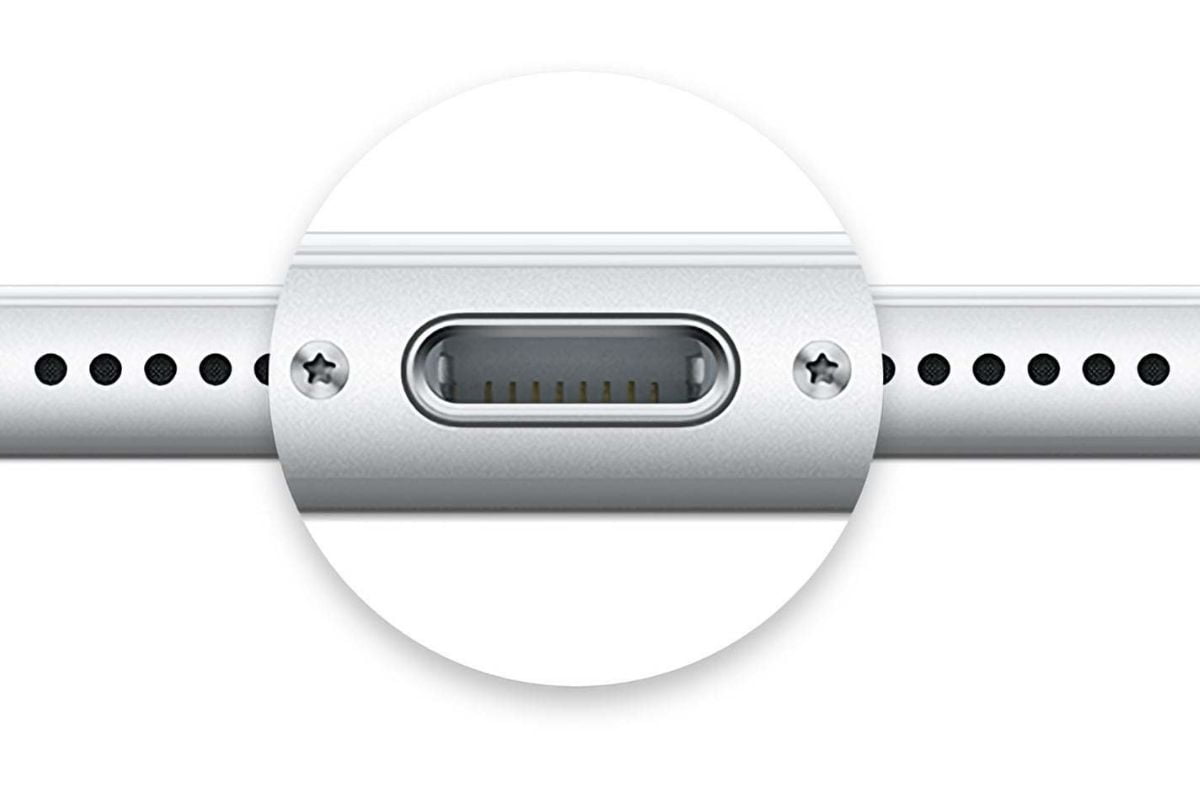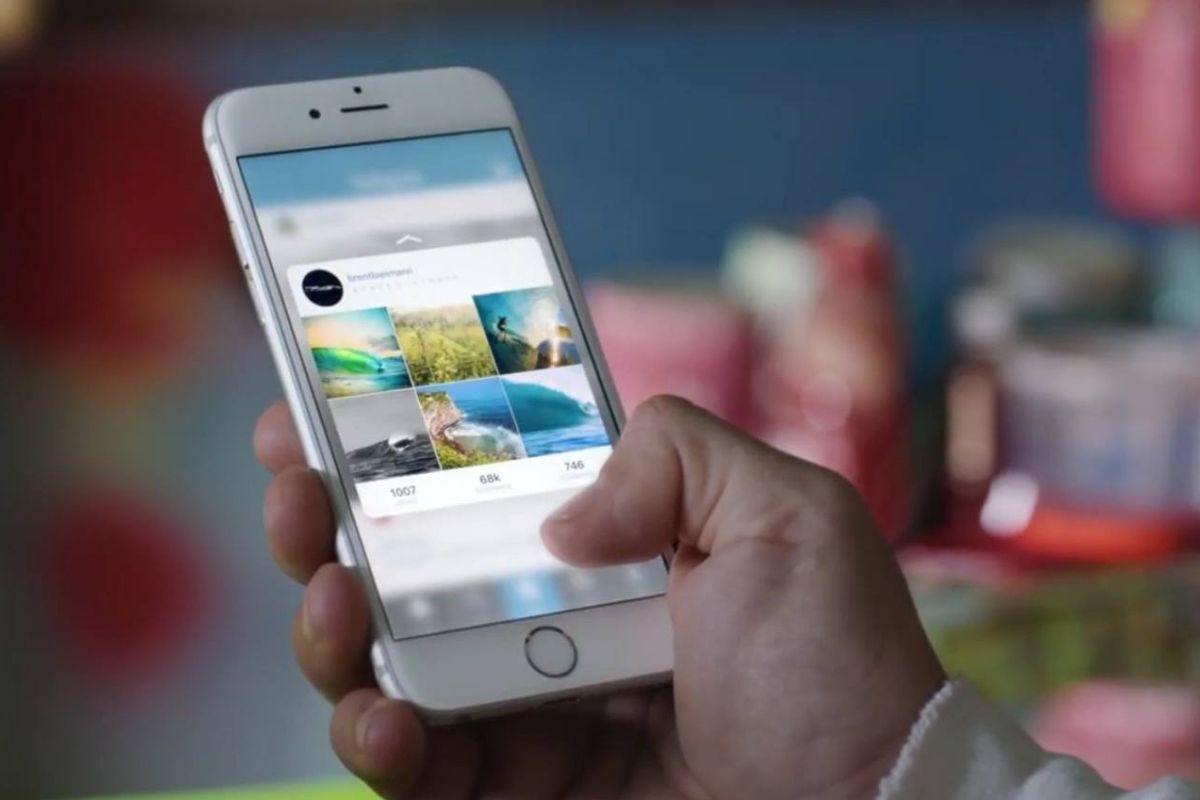Apple has been time and again criticised for the inclusion of the dated lightning port on its iPhone, despite having switched to the USB-C port on its iPad and MacBook lineup. The iPhone 12 series, which was highly rumoured to finally do away with the dated charging port came with some disappointing news and, it seems that the iPhone 13 will be no different. Have you ever wondered though, as to why Apple chooses, generation and generation to make use of the outdated lightning port? Well, we have some information regarding why Apple chose this unique port and why it is still not willing to remove it and pave the way for a USB-Type-C based uniformity in its lineup.
What is The Story Behind the Lightning Port
It all began back in 2010 when Apple was gearing up for the iPhone 5. The company was aiming at a razor-thin iPhone 5 at that period and, in order to do so, the company would have to do away with the older 30-pin Dock, which would no longer fit inside the handset. At the time, Apple’s technology team, in collaboration with Intel and some other industry giants was working on a port that would be dubbed USB-C in the future, but, as it was aimed as an open standard, the time that it would take for USB Type-C to go public was far more than what Apple was ready to wait for. So, to get over this minor setback, Apple decided to take the basic principles of USB-C, slimmed down the port by putting pins on the outside rather than the inside and unveiled Lightning, which was named in perfect harmony when considering the Thunderbolt protocol that was in works during those days for the Mac. This tech was ready by September of 2012, in contrast to USB-C which was not even finalised till August of 2014, with the first Apple device to launch using USB Type-C having been launched in March of 2015, a whole 2.5 years post the launch of the first Lightning-based iPhone, which in terms of technological advancements is a long time.
Why Did Apple Not Shift to USB-C When It Was Ready?
Now that you know the backstory behind lightning, you might be wondering as to why Apple did not choose to go to USB-C connectivity when it became public. However, in the tech world, connector transitions were and, to this date are a big deal. Apple had shifted the iPod from FireWire to Dock in April of 2003 but it was such a small amount of users that it did not affect multiple users. When Apple decided to move the iPhone, iPad and iPod touch to Lightning in the fall of 2012, approximately a decade later, the number of affected users were far higher. Many of these users owned multiple dock cables and accessories that were simply useless post the launch, drowning away all of their investments and rendering them moot. So, when it came to the idea of shifting to another connecter transition, that too after just 3 years with the iPhone 6s in 2015, it was considered to be an ill decision. Considering how, at the time, Lightning offered many more advantages over its predecessor, from being smaller and being symmetrical, users had far less to complain about. Another reason why Apple refrained from moving to USB Type-C is the ecosystem that the port holds. When Apple decided to launch Lightning, it had control over all of the cables and accessories, which meant that anything purchased would work in a surefire way. The USB Type-C rollout with the MacBook was in comparison starting to become somewhat of a nightmare, with poor quality and incompatible cables in the market that died after just weeks of use. The final reason for Apple not moving to USB-C is that it is just too late for the company now. In a couple of years, which should be less than a decade away, Apple would have perfected MagSafe or some other form of wireless charging and, if it is the case, it would make sense to go cable-free, rather than change up the port.


